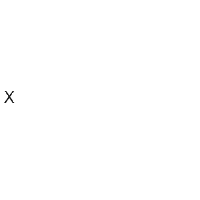Crowding
For the medical sociology concept, see Overcrowding.

Crowding is a perceptual phenomenon where the recognition of objects (or graphemes) presented away from the fovea is impaired by the presence of other neighbouring objects (sometimes called "flankers").[1] It has been suggested that crowding occurs due to mandatory integration of the crowded objects by a texture-processing neural mechanism.[2]
Crowding deficits have been specifically found in neuropsychiatric disorders such as schizophrenia and autism and may have profound clinical implications in these disorders.[3]
If objects remain within your visual field over time, then priming (psychology) begins to occur and the objects become less cluttered.[4]
References
- ↑ Levi D (February 2008). "Crowding - an essential bottleneck for object recognition: a mini-review". Vision Research. 48 (5): 635–654. doi:10.1016/j.visres.2007.12.009. PMID 18226828.
- ↑ Parkes L; Lund J; Angelucci A; Solomon JA; Morgan M (2001). "Compulsory averaging of crowded orientation signals in human vision". Nature Neuroscience. 4 (7): 739–744. doi:10.1038/89532.
- ↑ Kraehenmann, Rainer; Vollenweider FX; Seifritz E; Kometer M (2012). "Crowding deficits in the visual periphery of schizophrenia patients". PLOS ONE. 7 (9): e45884. doi:10.1371/journal.pone.0045884. PMC 3458825
 . PMID 23049884.
. PMID 23049884. - ↑ Kristjánsson, A.; Heimisson, P.; Róbertsson, G.; Whitney, D. (2013). "Attentional priming releases crowding". Attention, Perception, & Psychophysics. 75 (7): 1323–1329. doi:10.3758/s13414-013-0558-2.
This article is issued from Wikipedia - version of the 5/29/2016. The text is available under the Creative Commons Attribution/Share Alike but additional terms may apply for the media files.